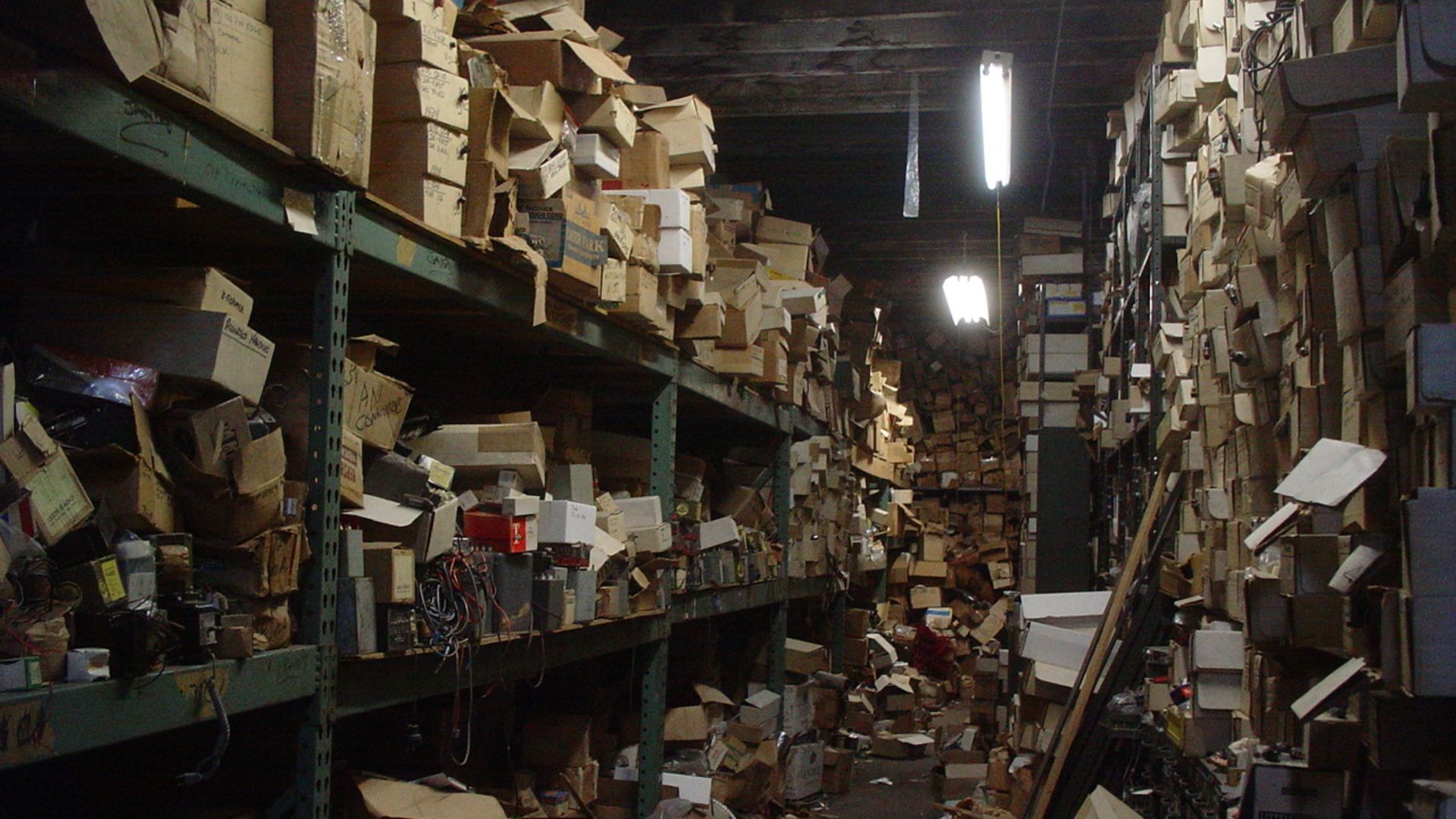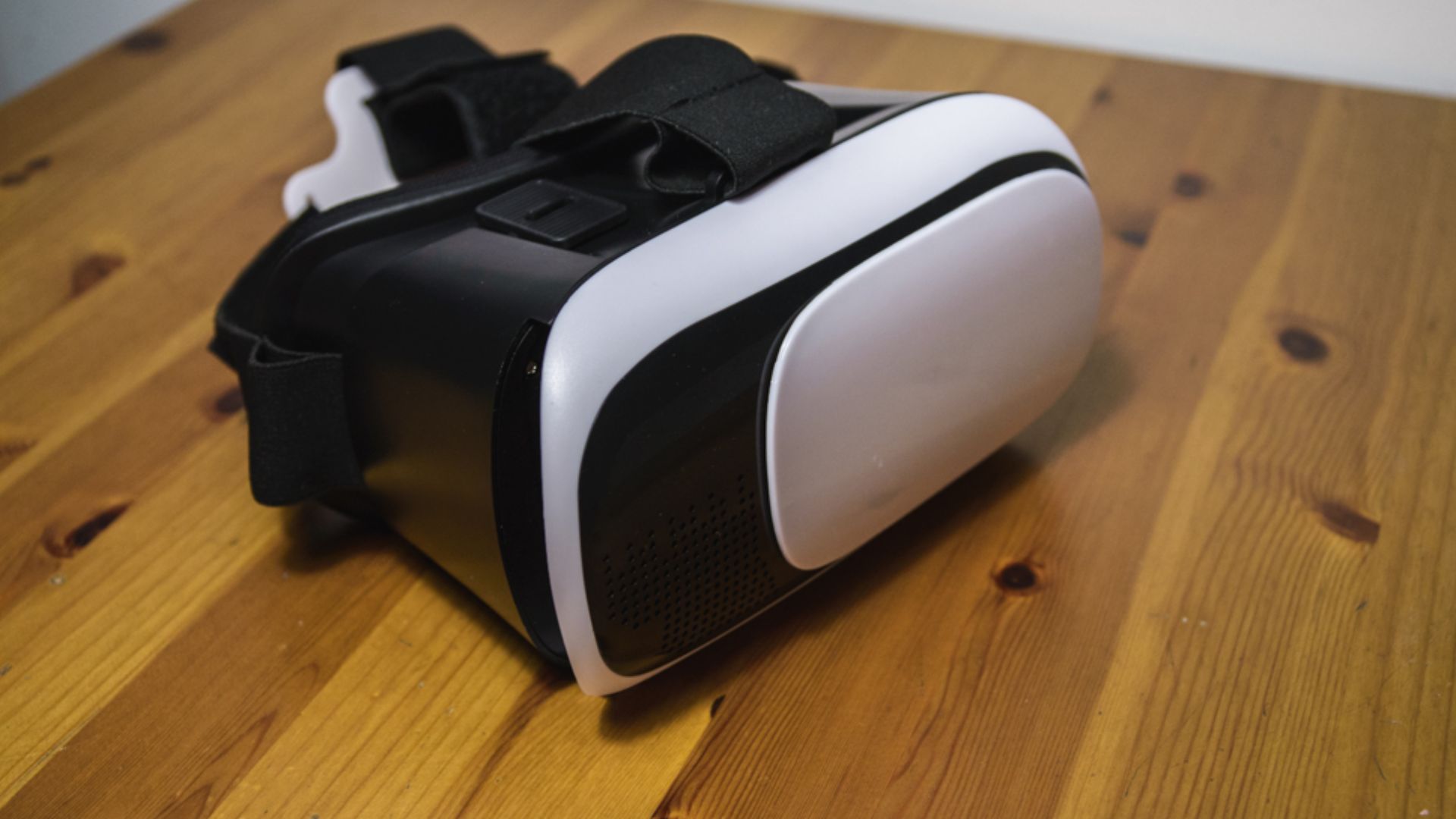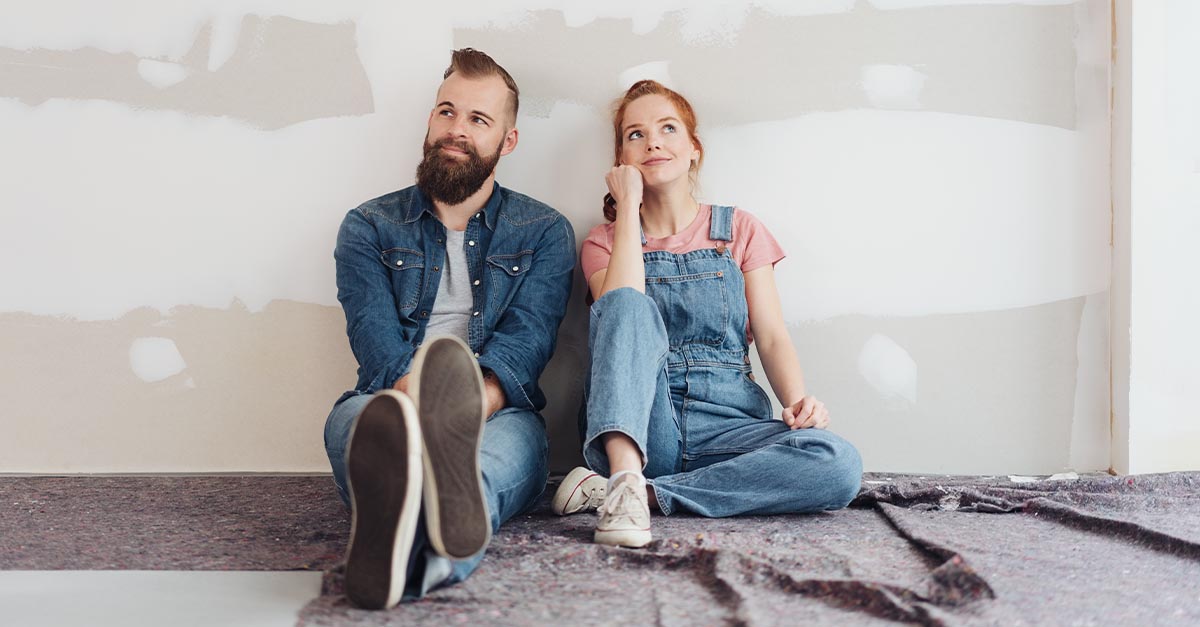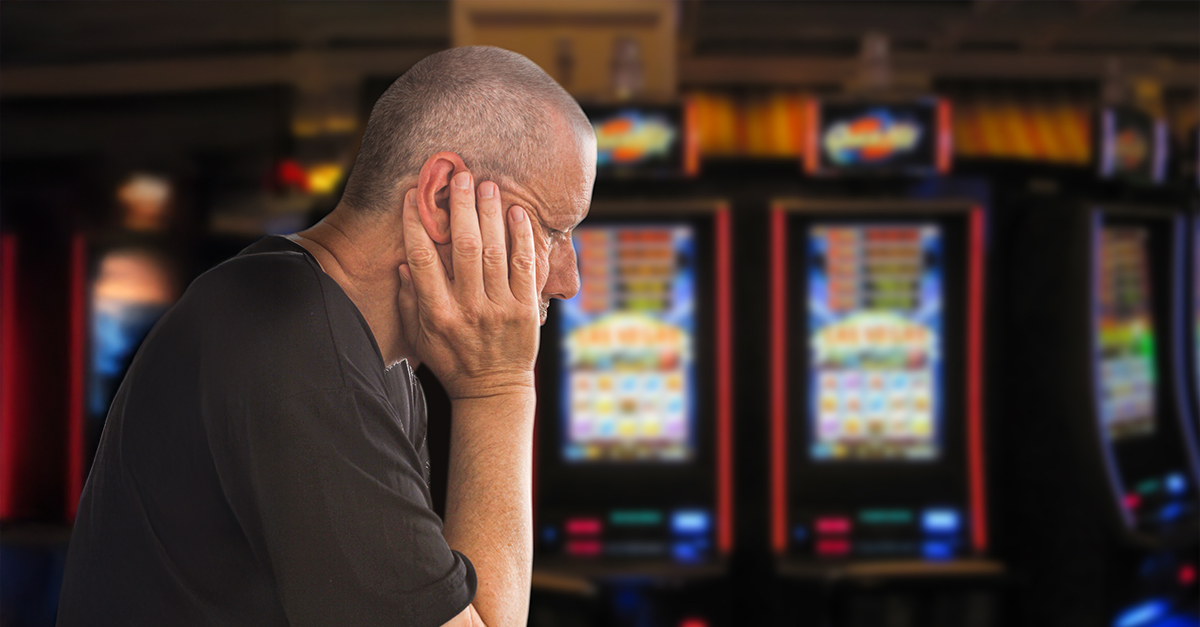Everyday Stuff That Sends A Financial Signal
You don’t need to check your bank balance to know where the money goes. It may already be scattered throughout your home. Once you spot the patterns, the items tell the story of your spending choices.

High-End Coffee Equipment You Rarely Touch
Americans spent $5.4 billion on home coffee machines in 2024, with the global market projected at $7.53 billion in 2025. Some models cost over $3,000, yet only 11% of owners brew less than once a week. Social media glamorizes the habit, but the data proves otherwise.
Still-Tagged Clothing In The Closet
Most people wear fewer than half of the 80 to 100 clothing items they own, a pattern often driven by emotional spending. These impulse purchases frequently end up unworn, tucked away in closets with tags still attached. Most of the time, such garments reveal moments of regret or wishful thinking.
Streaming Subscriptions You Don’t Use
In 2025, households averaged four paid streaming services and spent approximately $69 per month, according to Deloitte’s Digital Media Trends report. Nearly 40% of users report rarely using at least one. These unnoticed charges quietly add up, especially when auto-renewals go unchecked month after month.
Decorative Throw Pillows Everywhere
Throw pillows may brighten a space. Unfortunately, they may end up as unused decorations. Many are added during seasonal refreshes or spur-of-the-moment makeovers. While they look good in photos, they frequently contribute more to clutter than to daily comfort or lasting enjoyment.
Luxury Candles That Remain Unlit
The luxury candle market continues to grow, with top brands charging up to $120 for a single jar. Oh yes, even higher sometimes. These are purchased as markers of taste or status, not scent. If you didn’t know, unused candles lose fragrance over time. Elegance into wasted potential.
Monthly Subscription Boxes You Forgot About
Subscription boxes mostly arrive without warning—and without purpose. Over half of subscribers forget at least one active box, even as charges quietly continue. Whether it’s beauty kits or snack crates, duplicates accumulate quickly and transform curiosity into clutter before anyone even opens the package.
Cookware You Don’t Know How To Use
Specialty kitchen tools seem like a smart upgrade until they sit untouched. Dutch ovens and sous vide machines do look great online. In practice? They rarely align with everyday cooking habits. Their cost adds up quickly, especially when they remain hidden in a cabinet.
Art Pieces Bought On Impulse
Wall art may end up in storage if it never aligns with the room’s aesthetics. Many people buy it emotionally during a sale, only to regret it later. We all know that sales buys are a trap; even a Google/Ipsos survey found that 42% of Americans have regretted them.
Gym Equipment In The Corner
Motivation to work out at home tends to fade faster than expected. A CDC-cited study found that about 50% of people stop using fitness gear within six months. By the time payments end, treadmills and rowers sit idle, collecting dust in basements or spare rooms. Money gone.
Smart Devices That Complicate Life
Many owners discover that overly complicated smart devices don’t improve daily life as expected. Despite sleek features and automation, they frequently frustrate more than they help. Whether it’s Wi-Fi fridges or app-controlled faucets, the complexity overwhelms, and functions usually go completely unused.
Designer Bedding You’re Afraid To Sleep On
The price tag alone makes one hesitant to use luxury bedding, and as a result, it often remains folded in linen closets. Some worry about wear or stains, others await a “special occasion”. Strangely, the unused ones still age over time and lose their charm as they wait for use.
Collectibles You Never Display
Collecting usually starts with excitement, but the glow fades when items stay boxed and out of sight. Vinyl records or coins may sit untouched in closets. Over time, the thrill of the hunt fades, and the value becomes lost long before resale even becomes a consideration.
A Paid Storage Unit Full Of “Maybes”
Approximately 10% of US households rent storage units, spending an average of $133 per month, based on RentCafe (January 2025) data. There’s more. Coldwell Banker Richard Ellis, CBRE (June 2025) reports that most units hold items people delay parting with—adding monthly costs as unused possessions quietly accumulate.
 i ♥ happy!! from NY, NY, Wikimedia Commons
i ♥ happy!! from NY, NY, Wikimedia Commons
A Vanity Overflowing With Makeup
Stocking up on cosmetics often feels justified—until drawers overflow with barely used products on the brink of expiration. These items quietly drain your budget, and once expired, can irritate your skin or eyes. Instead of delivering beauty, they represent wasted dollars and a reminder that more isn’t always better.
Trendy Kitchen Gadgets Gathering Dust
Single-use tools like spiralizers and air fryers seem exciting at first, but rarely stay useful. Many end up stashed away in cabinets, unused and forgotten. Influencer-driven trends drive the initial interest, but these gadgets seldom earn lasting space on the counter.
Duplicate Items You Forgot You Own
People frequently end up buying things they already own. Chargers, scissors, batteries, and flashlights get replaced when misplaced, not because they’re needed, but because they’re hard to find. Clutter builds quietly, and soon, disorganization starts making even simple decisions feel more draining than they should.
 ENRIQUE ALAEZ PEREZ, Shutterstock
ENRIQUE ALAEZ PEREZ, Shutterstock
Pet Accessories You Don’t Understand
The US pet industry reached $152 billion in 2024, with a projected $157 billion for 2025 (APPA’s 2025 State of the Industry Report). Many luxury accessories reflect the owner's taste more than the pet's comfort. In the end, those stylish extras go unused—or get actively resisted.
Craft Supplies From An Unstarted Project
The excitement that sparks a DIY project starts strong, then…fades. As a matter of fact, a 2024 BHG report found that 74% of DIYers never finish. Whether it’s yarn or wood kits, supplies sit untouched. Fear of failure settles in, and creative energy quietly gives way to clutter.
Barware For Parties That Never Happen
Americans host fewer social events than expected—only about 4% attend or host gatherings on weekends or holidays, according to the 2023 American Time Use Survey. Cocktail sets and novelty glasses usually stay boxed and reduce imagined parties into unused purchases gathering dust.
A Pantry Full Of Expired “Deals”
Bulk buys promise savings, but the excess could expire before it’s used. A significant portion of Americans discard food near its expiration date, even when it is still safe to eat. ReFED reports label confusion drives 7% of US food waste, quietly turning good intentions into costly waste.
Stacks Of Books You Never Read
Buying books sparks a quick sense of accomplishment, even before a page is turned. But with time, those hopeful covers collect dust and remind us of plans that slipped away. The Atlantic notes that overbuying is common, while Pew Research (2015) says Americans read just 12 books per year.
Framed Quotes You Don’t Believe
Quote art gained popularity during the pandemic, often purchased more for its aesthetic appeal than its message. The truth? These words rarely match daily habits. While they dress up walls, they highlight that you prefer display over belief, style over personal reflection.
Fancy Tech You Don’t Understand
US consumer tech spending is expected to reach $537 billion in 2025, a 4.4% increase from 2024 (CTA forecasts). But devices like VR headsets and drones often end up unused. Their complexity and steep learning curves can turn what felt like a smart investment into a regretful decision.
Holiday Decor For Holidays You Don’t Celebrate
Bright store displays nudge you toward themed decor that you may never use. Some items stay boxed for years. Although the average per-person spend on decorations continues to grow, many cheerful purchases quietly slip into long-term storage—more the result of impulse than actual celebration.
Bathroom Decor That Competes With Use
The US bathroom remodel market reached approximately $57 billion in 2023 and is predicted to continue growing. Cozy rugs and wall art look nice, but moisture usually ruins them quickly. Pinterest trends prioritize style, yet practicality and function often suffer in steamy bathrooms.






























